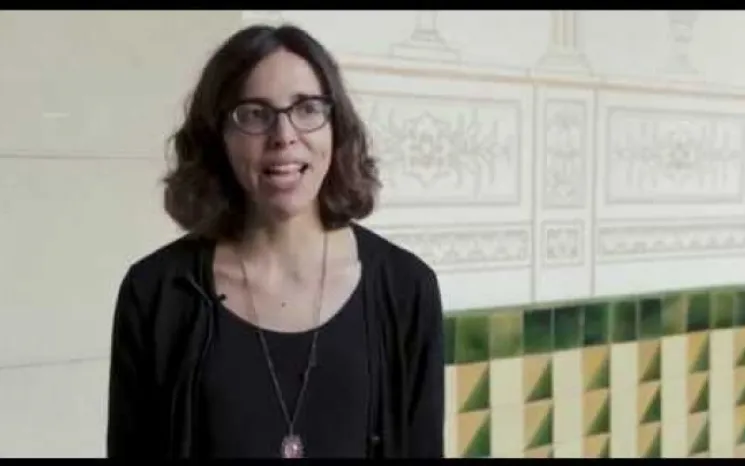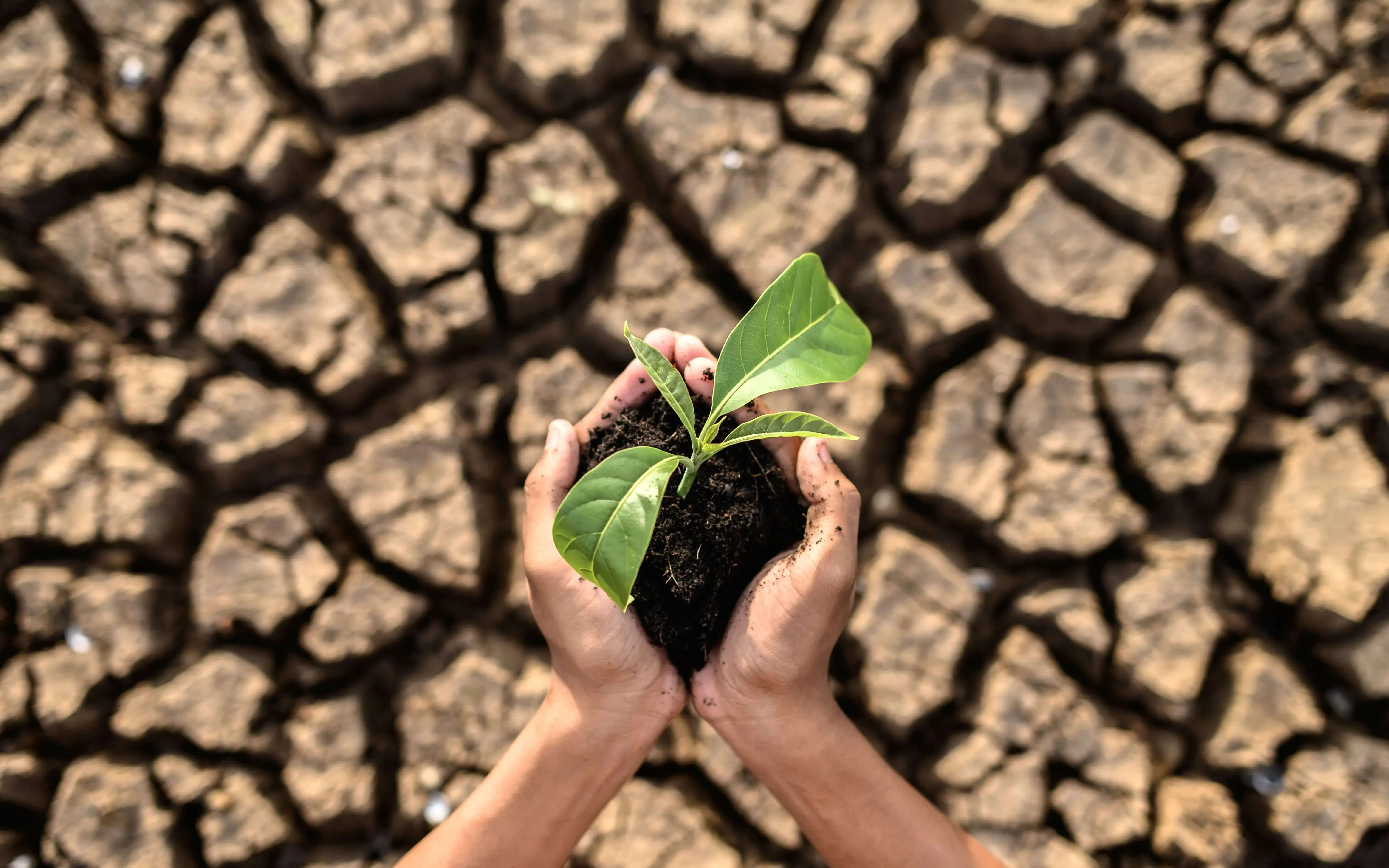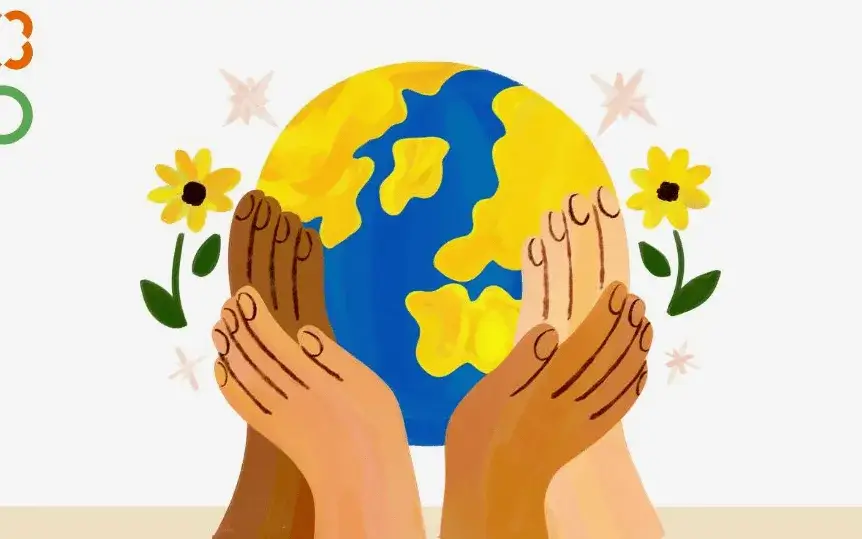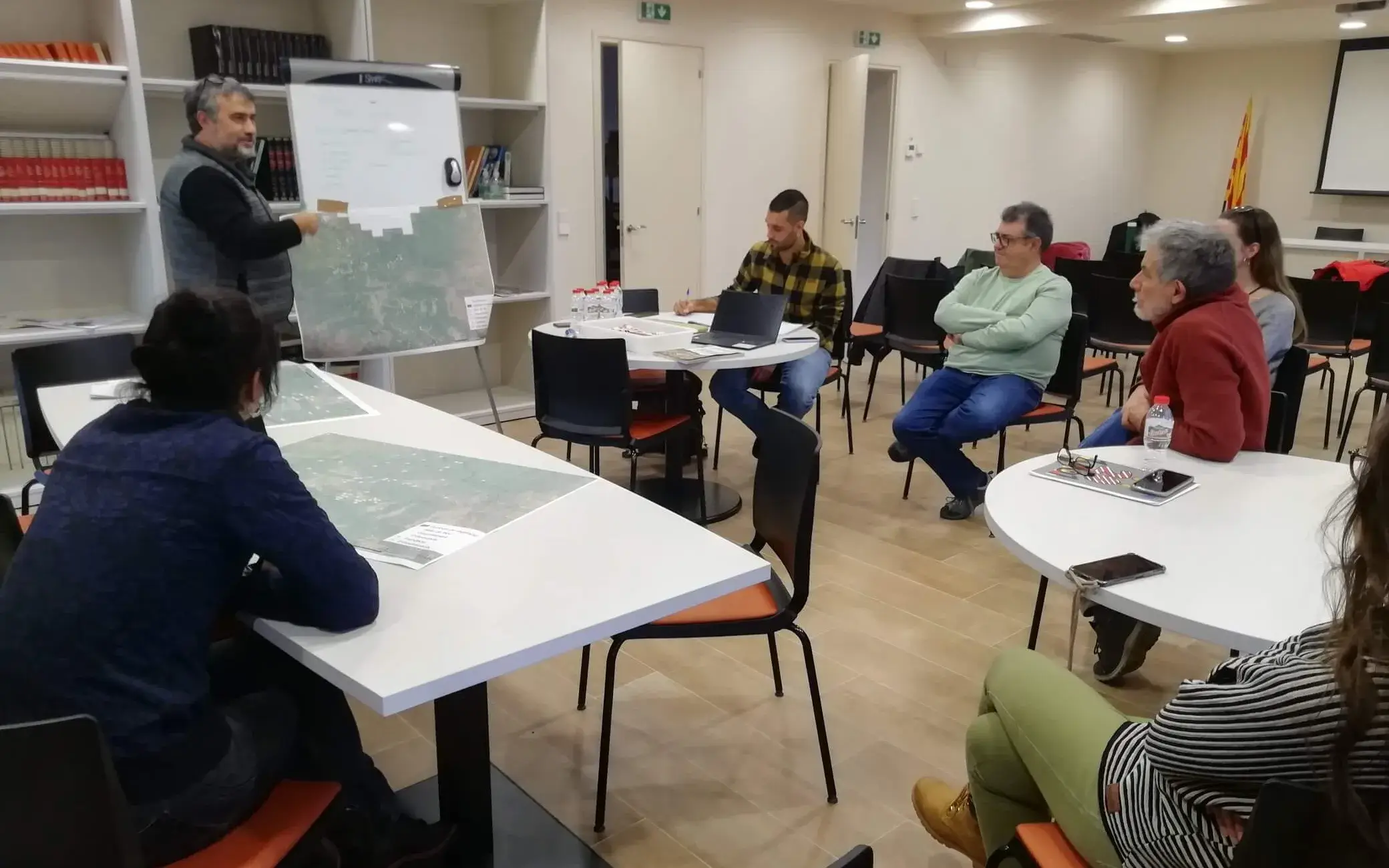Mireia Roura: “There are enormous environmental and social consequences of e-waste, and we need to start to inter-cooperate”

Mireia Roura the Operations Manager of eReuse - which is an innovative solution that prolongs the life of electronic devices - says that the key to their circular economic model is to cooperate, provide free technology, and to sell services.
The documentary ‘Buy, Shoot, Buy’ showed the dramatic impacts of ‘e-waste’ (the waste that comes from discarded electronic devices) on the environment. E-waste is a growing problem that is starting to have drastic impacts on the environment. In 2018, there were 50 million tons of e-waste, which is the equivalent to 4,500 Eiffel towers.
In a report headed by the United Nations, there are indications that only 20% of the electronic devices that we consume annually are recycled correctly. The loss of this 80% is serious: it is starting to have grave social and economic consequences.
Last year, 55 billion euros worth of waste was thrown away, even though the waste contained reusable raw materials. As a result, eReuse.org is proposing an innovative solution that is trying to extend the life of electronic products in order to retain the value of the raw materials that can still be used.
How does eReuse work?
eReuse is a technological solution that helps the second-hand market for electronic devices generate economic, environmental, and social value. The software we develop helps the people who fix the devices to be able to repair them well so that consumers are pleased and know that these items were recycled.
So, you want to try to increase this small percentage of recycling through traceability?
Yes. We are developing technologies to implement a return deposit in such a way that when the consumer retrieves the deposit, they take the device to a Green Point. We want to go back to the old system. For example, with glass bottles. When you returned the bottle, you were given money back, and in turn, there was more of an incentive to do it.
But recycling is just one problem…
Indeed. We must keep in mind that recycling is fine, but it is only one third of the 3Rs (reduce, reuse, and recycle). In fact, it is a concept that comes from our linear economic model of prematurely buying, using, and throwing things away. Although we recycle everything we produce, our carbon footprint would only be reduced by 1.6% in 2030. This figure is totally inadequate to avoid climate change.
What are some other obstacles that you face?
We face a number of issues that are associated with the manufacturing chain: non-renewable raw materials that are being extracted, some of which feed wars in countries where conditions of semi-slavery prevail, such as coltan in the Congo. These materials are recycled prematurely due to the various obstacles that are in the system.
Is there a secondhand market for electronic devices?
In countries like France, the consumption of second-hand electronic items is growing. There, it is a market that is increasingly getting bigger. In addition, more generations are becoming aware of the severity of the problem at hand and are approaching it with the idea that they need to demand responsible, second-hand products.
What principles of a circular economy do you use at eReuse?
Inter-cooperation is the key to a circular economy. The social and environmental challenges that we are facing are enormous and are far too great for a singular entity to cope with. In Catalonia, where the project was established, we have been creating a system. After arguing a lot, we have decided that Barcelona Activa and the Barcelona City Council will give equipment to a circuit where several entities will cooperate to restore and distribute these resources to non-profit entities.
And once these are distributed, what happens?
These end-users pay a price that allows the circuit to be sustainable. The circuit is guided by a system of compensation agreed and based on the procomú. That is, it is a decentralized strategy where a win-win situation is being sought out.
I have seen that the solution you are offering is free software. Why do you think using open source technologies helps the circular economy?
Because the use of non-proprietary code allows for community development that causes the technology to be replicated easily. Developing technologies in open source, open data, is also key for us and it is a second principle that we apply to our circular economy model.
Are you also evolving towards the sale of services and not of products?
Indeed. The third principle that we apply is that of servility. That is, not selling the product but, instead, the service. It’s like ‘Philips at Schiphol Airport’. The company sells light, not light bulbs and, therefore, it is already being worried that the bulbs will last for as long as possible. In our case, we incorporate innovative solutions, such as virtualization, to deliver a PC with low performance. We do not sell equipment, but the solution and the entities [ay for the use of machines.
Apart from in Catalonia, where else are you replicating?
In Madrid, Sempitern has been launched, a platform promoted by local actors who are using our software and the open procedures that were designed in the circuit of Catalonia. There are initiatives around the world, that are in different phases of gestation, with whom we are collaborating.






Add new comment